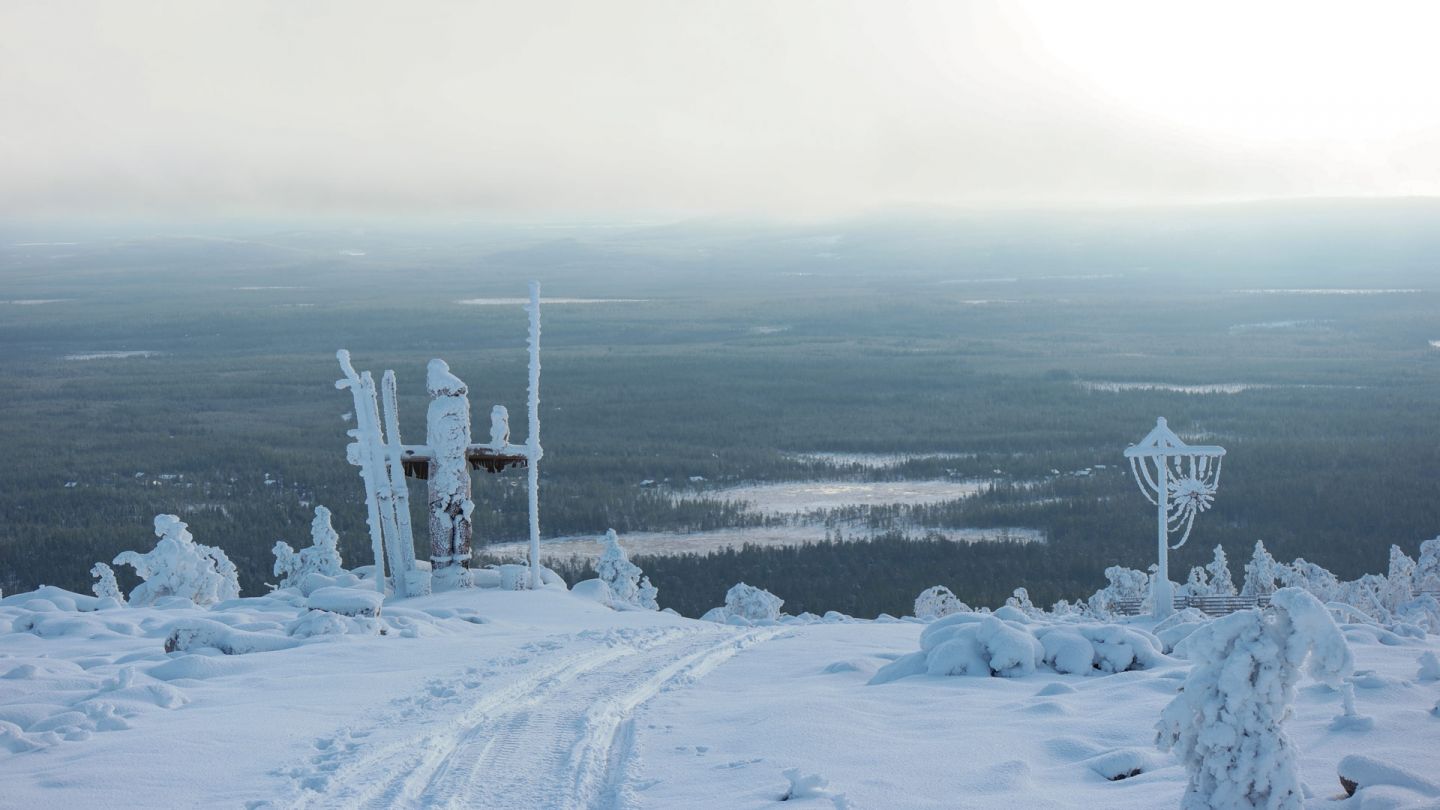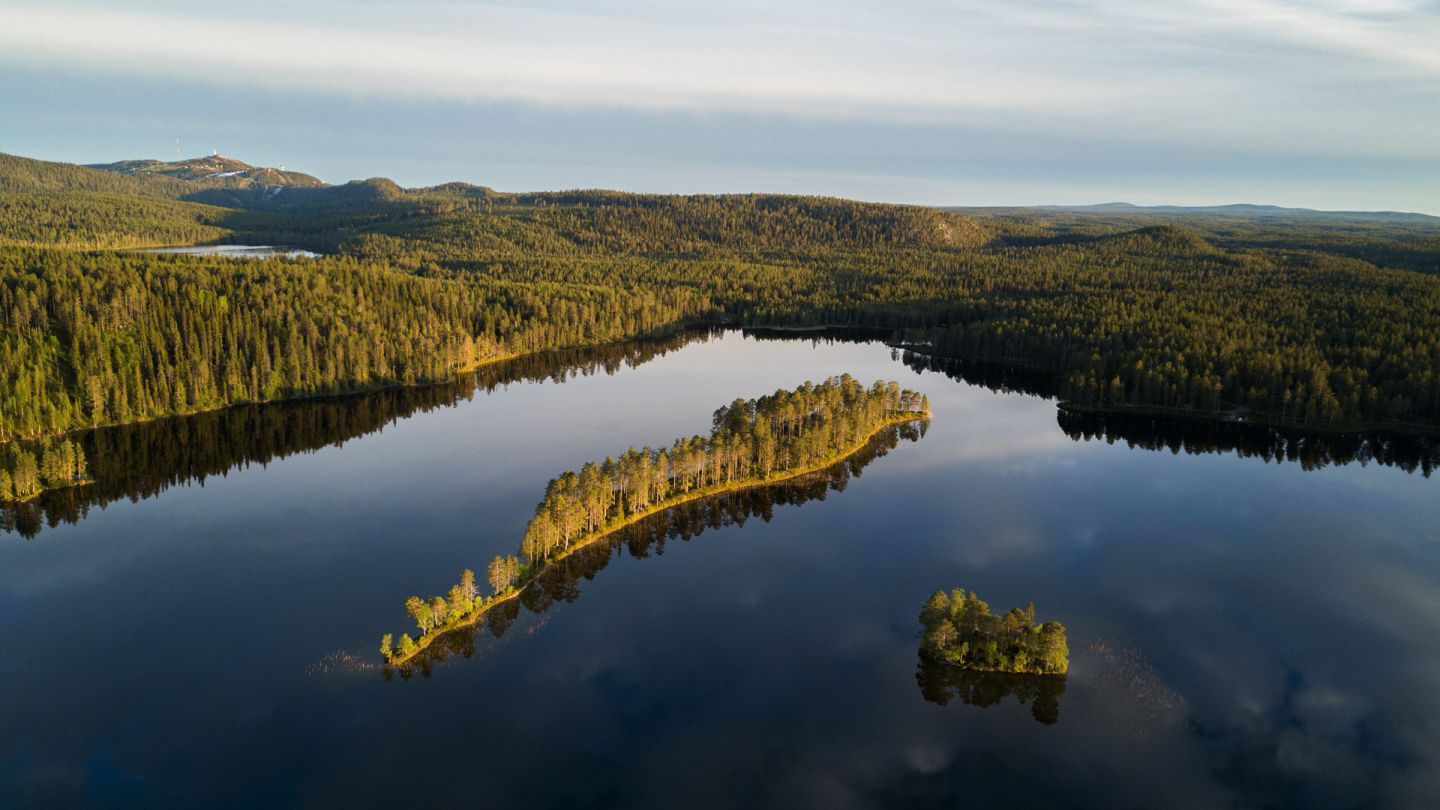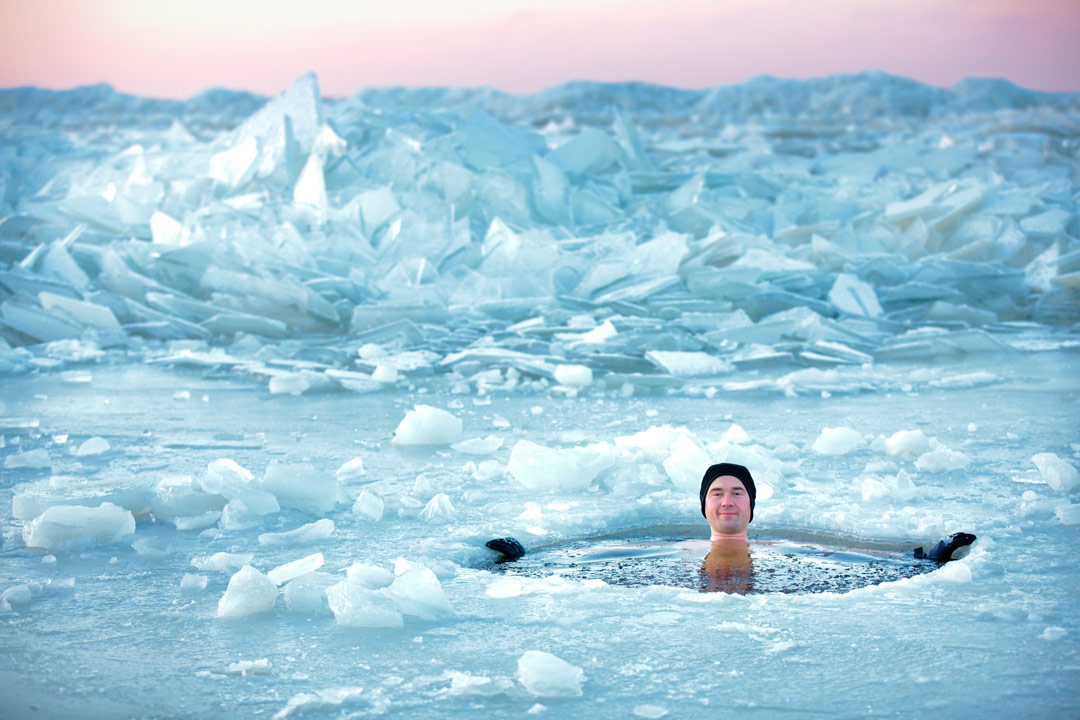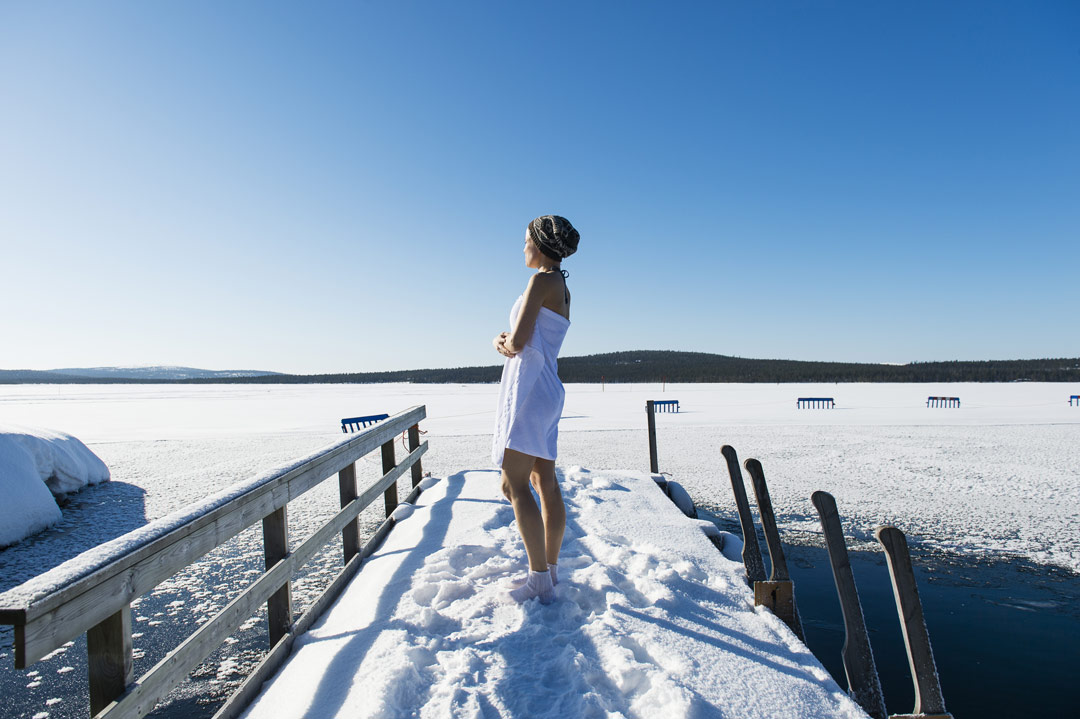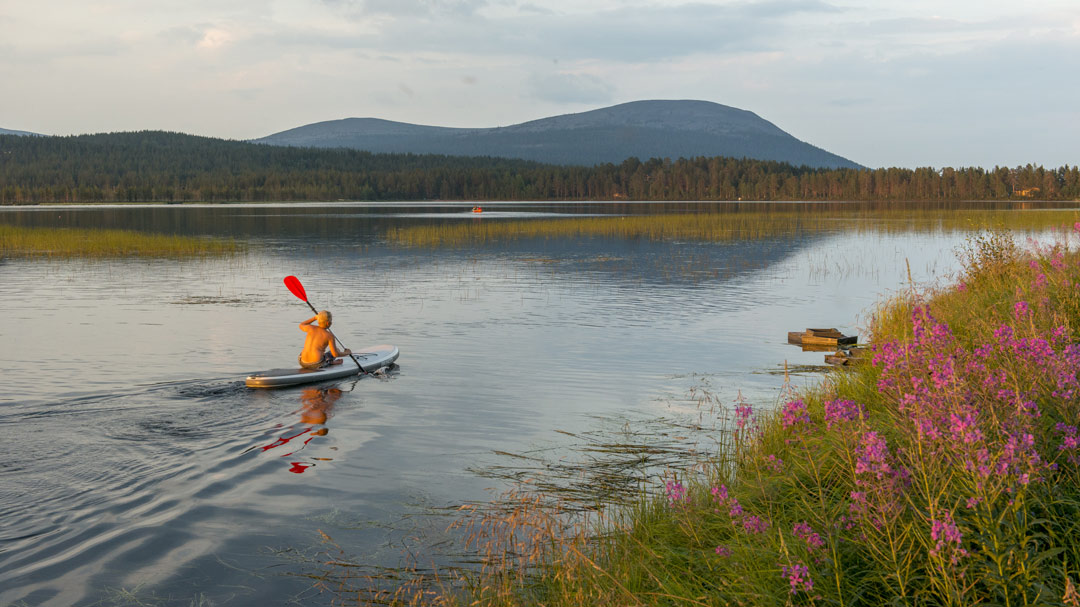What is the Arctic Circle, the border to the north? How do you get here & what do you do here? Read on for all you need on the polar circle & the adventures that await you.
Since antiquity, the Arctic has been seen as the last frontier, its extreme climate and tendency toward polar bears great barriers that kept most people away. So it’s not surprising there are a lot of questions, concerns, myths and magic swirling around the Arctic, and that special line that separates the northernmost region of the Earth from everywhere else.
What & Where exactly is the Arctic Circle?
In the simplest terms, the Arctic Circle is a line that runs around the top of the world like a sweatband. While the technical definitions, linguistic and cultural definitions vary a little, there are a few common ways to describe it. On this polar circle, there is one day every year when the sun does not rise (winter solstice), and one day that it does not set (summer solstice). The Arctic Circle is often thought of as the boundary of the Arctic, creating the Arctic region and sub-Arctic regions.
What countries are in the Arctic?
While no country lies entirely above the Arctic Circle, there are eight countries that have Arctic territory. There’s Finland, of course, as well as her sister Scandinavian countries Norway, Sweden, Denmark (via Greenland), and Iceland. Russia, Canada and the US (via Alaska) are also marked with the Arctic Circle.
Why is the Arctic Circle important?
Yule logs, Easter Eggs, Bel Tine bonfires and countless harvest festivals … these are just some of the ways people celebrate the sun, the seasons and the effect that axial tilt has on us all. And nowhere on Earth are those effects more marked than on the Arctic Circle. Around June 20th, the sun rises one day and just skips the horizon until the next night. On the other side of the year, just before Christmas, the sun doesn’t bother to get out of bed for a whole day.
The Arctic is also important for research. Only in the century has transportation and communication technology made possible detailed and comprehensive research in the far north. In Finland alone, there are over a dozen different universities and institutes that study all kinds of things, from the behavior of sea ice to geo-economy to alternative energy to global warming … the list goes on and on.
And of course, the Arctic is very important to those who live here, and whose families have lived here for generations. Speaking of which …
Does anyone live in the Arctic?
For over 10,000 years, people have lived in the Arctic. In that time, the population has grown from the small indigenous populations that first explored and settled the regions to roughly four million people as of 2020. About half that population lives in north Russia. Finnish Lapland is home to just over 200,000 people (and one jolly old elf.)
How cold is the Arctic Circle?
As the Arctic spans the globe, conditions vary according to any number of factors. But in Finnish Lapland, the Arctic Circle sees temperatures as low as -40 °C, usually in the middle of winter. But most winters see a range of temperatures from around zero to -20 °C. In summer, temperatures are usually mild, usually somewhere between 10 °C and 25 °C. However, as global warming wreaks havoc on weather systems and climate, especially in the Arctic regions, it’s become harder to forecast temperatures, especially at the extremes.
Bundle up and head out for winter adventure!
If you’re looking for sustainable travel in the Arctic, check out our page on responsible tourism in Finnish Lapland.



